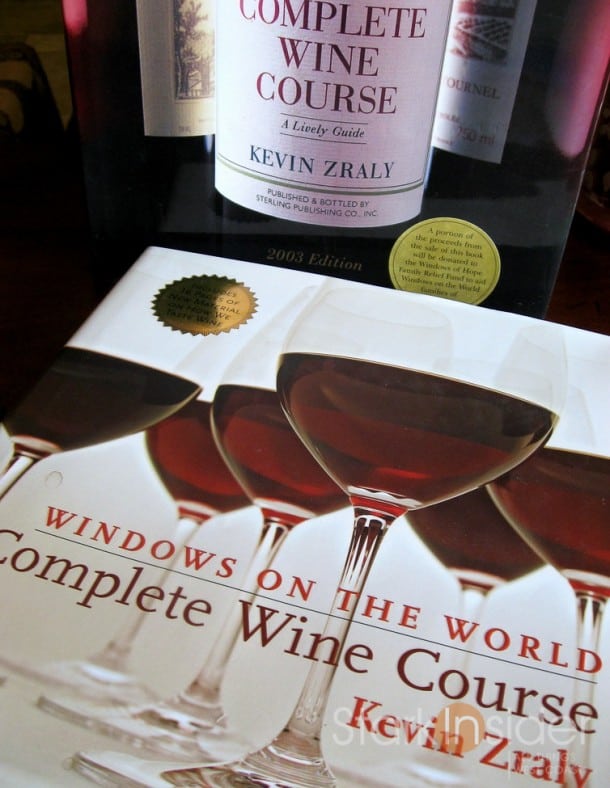“Inevitably, loving wine costs money. But if you love it, the money is well spent.”
And let’s not forget: it’s all about the experience.
Eric Asimov’s recent and sweet ode to wine is well worth the read. Oeonophiles might not find much new in his most recent NYT article, “A Guide to Drinking Wine at Home.” Yet for most of us it’s an amenable reminder of the pleasures of that most interesting of adult beverages (an aside: reading the insightful comments I came across an suggestion involving Argon gas for sealing an open bottle of wine).
Those new to wine will likely find it an approachable, helpful read, one that answers a lot of questions those first beginning to explore wine often ponder: How much wine should I reasonably drink? What sort of financial commitment is required? How do I build a small wine collection – without breaking the bank? And, how about properly storing an opened bottle?
It’s not that Asimov so much as provides a concise, pragmatic “guide” as he opens his arms, and gently coddles those apprehensive about the perceived mystique and complexity of wine. I’m not often a fan of these sorts of pieces. Often a wine writer will resort to a “drink what you like” refrain – one that provides neither value or interest to the reader. After all, drinking what you don’t like is surely a disaster in the making, no?
I remember first trying to get into wine in the 90’s. I was a bachelor. The height of epicurean achievement for me was grilling up a much too large piece of meat, adding some fries (soaked in vinegar of course), and tossing on a piece of something green (maybe asparagus?). That was the easy part.
At some point I suspected I’d need to move beyond the venerable six pack of Orangeboom tall boys. So I confronted the wine section at Safeway. It was daunting and nerve racking. Red, White, California, Merlot, Sauvignon Blanc, Burgundy. It was a brand new language. Mondavi? Hmmm, I remember thinking at the time that the name rung a bell. Seemed like that was someone important in the world of wine. I took home a Robert Mondavi Cabernet Sauvignon, made so far as I could tell in Napa (it seemed magical). Total cost $11.99.
For some unknown reason I snapped a photo of my meal (cooked all by myself!). There was the seared piece of steak. Next to it, carefully staged, a proudly poured glass of red in a peculiarly shaped wine glass that I likely picked up free at a street fair. Then: the coup de grâce. As if telling the world I was a man now learned of a better way, I propped my only wine book, Windows on the World, onto the counter next to the scene. A solo sophisticate! So much for beer and horror movie night.
Years later I began to explore Napa. Then Sonoma. Livermore. I headed up to wine country with friends. Every single time, every single moment was an amazing memory – the tasting rooms, the gorgeous scenery, the discovery of something new about wine (grape varieties!) or the winemaking process (fermentation!).
As Asimov suggests may be the case for many, wine did become an increasingly important part of my life, personally, and also here on Stark Insider – a place where I (and Loni) would document our adventures exploring its various facets, and the people in the industry making it happen. I still buy wine at Safeway. And Trader Joe’s. I also buy direct from wineries too, often cherry-picking a young Cab we think might be fun to age in the cellar.
I’m constantly amazed how much conversation wine generates. Online, of course. But the old fashioned way too. It seems like every time we entertain, our guests love talking about their latest discoveries – maybe a low-cost fav found at BevMo, or a special bottle procured from a wine club, or something exotic lovingly transported home from afar. Sure enough, every wine has a story. And as I’ve learned, it can make for a special moment alone, but is ultimately best enjoyed in the company of friends and family.
[Wine as the Supporting Player in an Ensemble Cast at Home – A Guide to Drinking Wine at Home]



